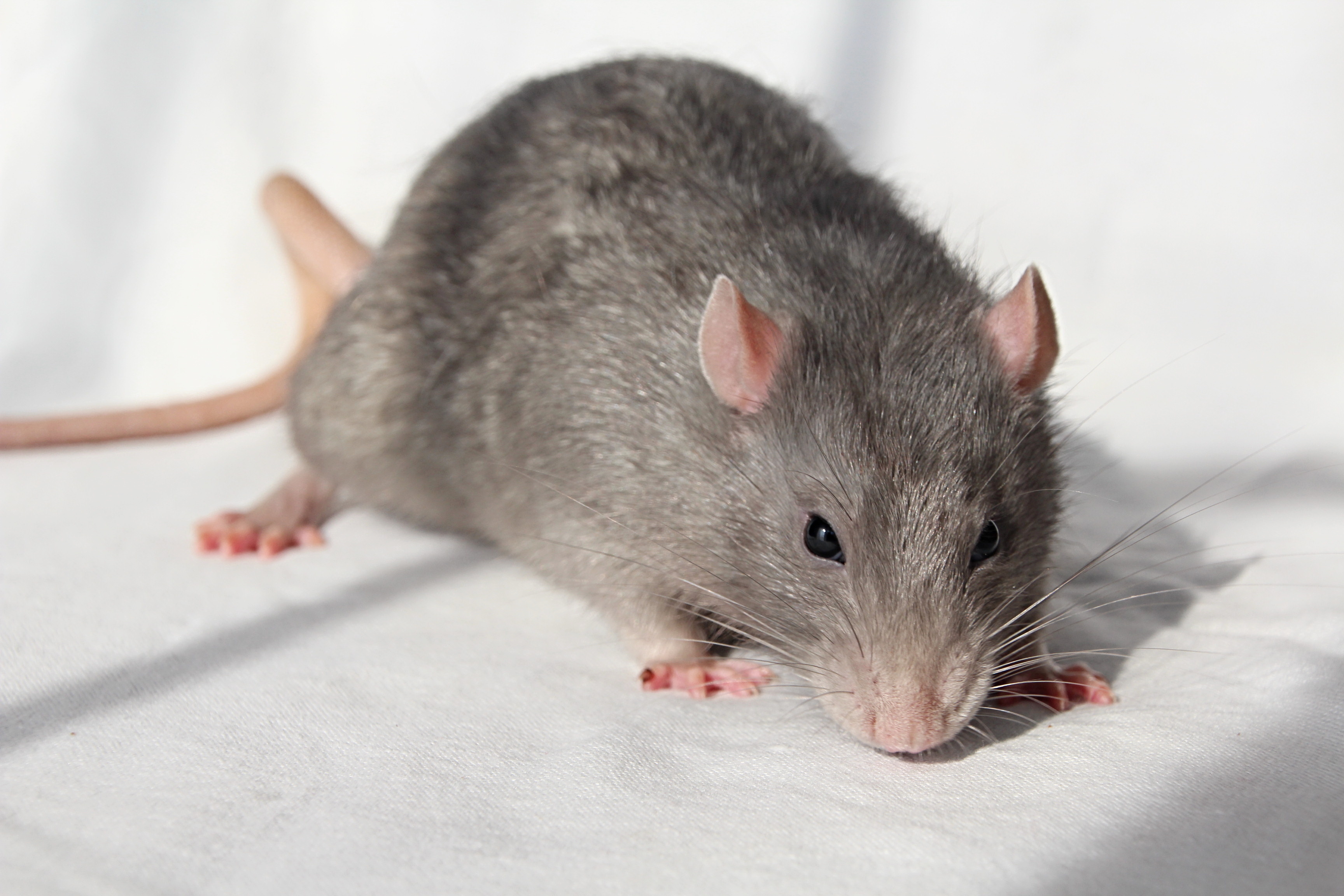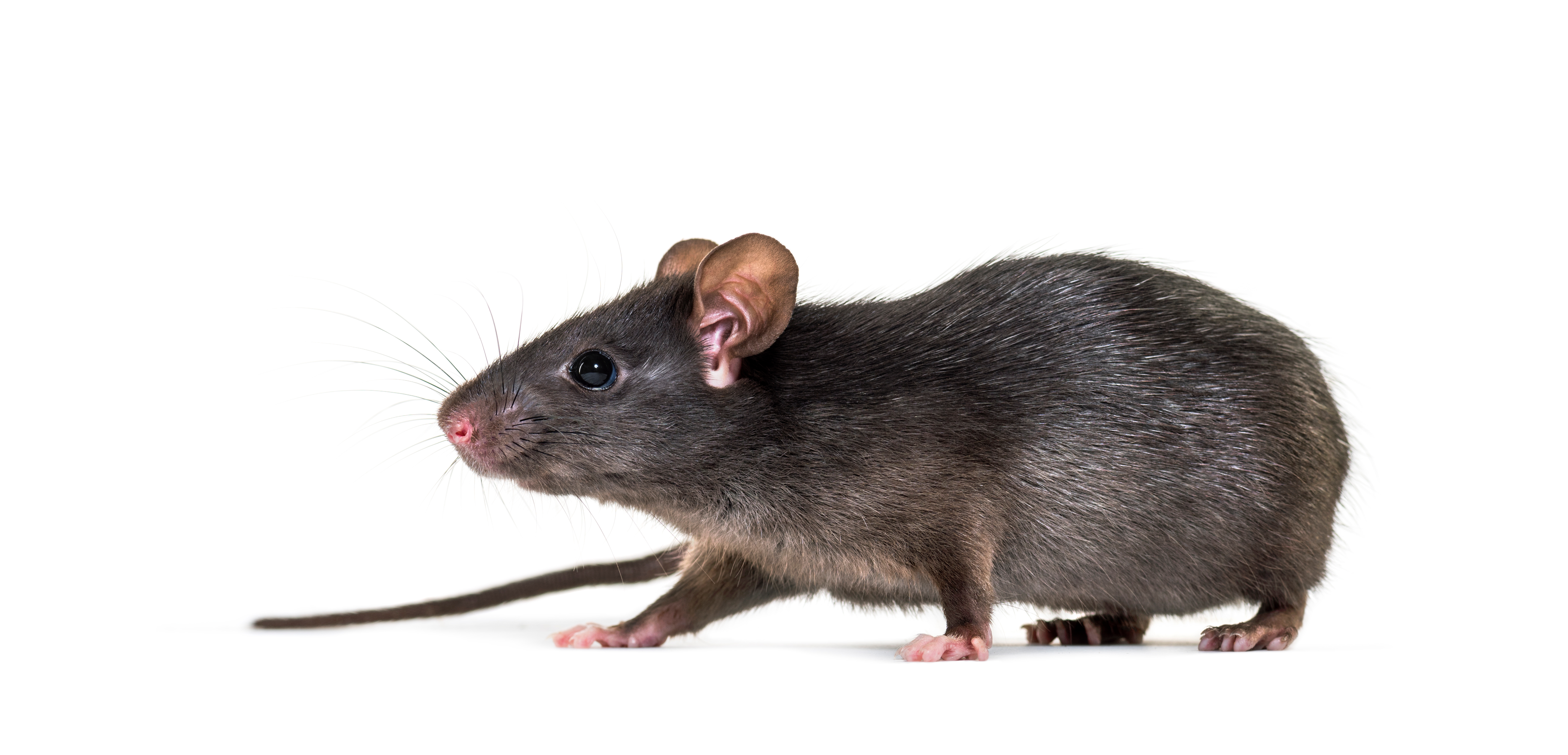rat Removal
Identification
Colour: Grey, brown, black and white
Size: 25 cm to 50 cm long
Features: They have strong legs, a broader body, and wide ears.
Rats are dangerous rodents due to their distinct intellect and physical strength. The Norway rat and the roof rat are the two primary species of rats that we encounter in the GTA. Both rats are brown to black and have sharp noses, and hairless tails, yet they don't look exactly alike. Due to the fact that both species are nocturnal, daylight sightings may point to a significant infestation that requires expert rat control services.
How Concerned about Rats Should I be?
Many illnesses, including rat-bite fever, salmonellosis, leptospirosis, and E. coli infection, are carried and spread by rats. These illnesses directly through bites, bodily fluids, and excretions, or they can do so inadvertently.
Additionally, these pests cause structural harm that can be expensive to repair. Outside, Norway rats can damage building foundations and cause holes in lawns. Both species are capable of tearing away insulation to create their nests.
Even from behind a wall, rats may be heard continually chewing, and they leave bite and claw marks all over a house or place of business. Additionally, the waste and nests of roof rats can clog gutters and drain lines.
Rats may affect your reputation as a business owner by causing customers to react with shock and disgust, inflicting structural damage to your property, endangering your workers, and jeopardizing your ability to conduct business properly. At Max Pest control we provide monthly prevention for all businesses and homes.

In Ontario, particularly in Toronto and GTA, Norway rats are prominent. Despite having smaller ears and eyes, the Norway species are often bigger. The Norway rat's tail is shorter than its body. These rats cause significant property damage by chewing through electrical lines and timber. They multiply rapidly due to their one-month gestation period. They occupy underground nests and burrows.
In addition to polluting food with their feces, saliva, and urine, Norway rats can spread a variety of illnesses, including bubonic plague, typhus, Weil's disease, toxoplasmosis, and trichinosis.

Compared to the Norway rat, the roof rat is smaller. Since they favour the upper floors of buildings, roof rats are also known as black or ship rats. By chewing through items after entering, roof rats contaminate the food that has been kept and transmits infections. Roof rats were the ones who started the deadly bubonic plague. There are still a few infections each year even though transmission is now extremely uncommon. The illnesses typhus, infectious jaundice, rat-bite fever, trichinosis, and salmonellosis can all be carried and spread by roof rats. They can make people sick by contaminating food and surfaces used for food preparation. To find shelter nesting, they sneak inside garages, sheds, and houses.
